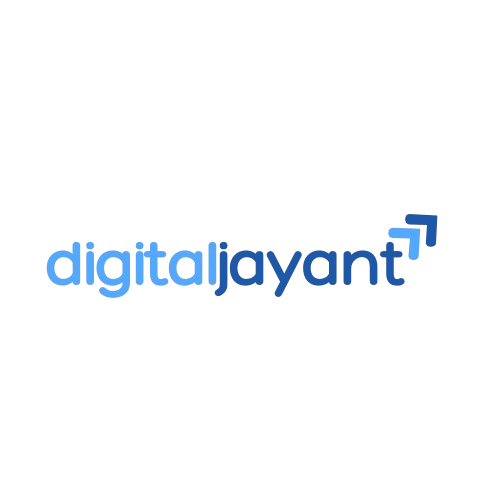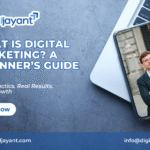By [Jayant Rajput] | September 2025
If you’ve ever wondered how brands seem to follow you online—whether through a Facebook ad, a YouTube video, or a Google search result—you’ve already had a taste of digital marketing. But what exactly is it, and why does everyone keep talking about it? Let’s break it down in the simplest, most human way possible.
So, What is Digital Marketing?
Digital marketing is simply marketing done through the internet and digital channels. Instead of putting up billboards or handing out flyers like in traditional marketing, businesses today reach people where they spend most of their time: online.
This could mean showing up in Google searches, posting engaging content on Instagram, running ads on Facebook, sending emails to subscribers, or even sharing helpful videos on YouTube. The idea is to connect with the right audience at the right time using digital tools.
Think of it this way: traditional marketing is like speaking on a loudspeaker in a crowded market, hoping people stop to listen. Digital marketing, on the other hand, is like having one-on-one conversations with people who are already interested in what you offer.
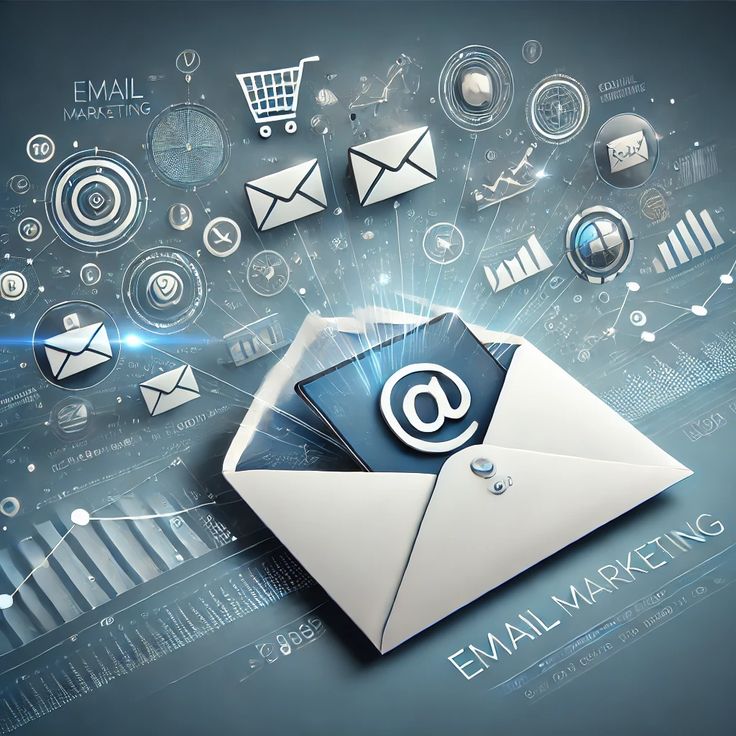
Why is Digital Marketing Important?
We live in a digital-first world. From ordering food to shopping for clothes to booking travel tickets, everything happens online. And because people are online, businesses must be there too.
Here’s why digital marketing matters:
- Wider Reach – You can target people beyond your city or country with just a click.
- Cost-Effective – Running a Facebook or Google ad can cost less than printing 1,000 flyers.
- Measurable Results – Unlike traditional methods, you can see who clicked, who visited your website, and who bought something.
- Personalization – Emails, ads, and content can be customized for different people.
- Always-On Presence – Your campaigns can run 24/7, even while you sleep.
In short, digital marketing isn’t just an option anymore—it’s a necessity.
The Core Pillars of Digital Marketing
To really understand it, let’s look at the main parts that make up digital marketing:
1. Search Engine Optimization (SEO)
SEO is about making your website show up on Google when people search for things you offer. For example, if you sell handmade candles, SEO can help your site appear when someone types “best scented candles near me.” It involves optimizing content, using the right keywords, improving site speed, and building trust with Google.
2. Content Marketing
Content marketing is about creating valuable and helpful content to attract people. Blogs, videos, infographics, and even podcasts are all forms of content marketing. The idea is to educate or entertain your audience while building trust in your brand.
3. Social Media Marketing
This is where brands connect directly with their audience on platforms like Instagram, Facebook, LinkedIn, or TikTok. It’s not just about posting pretty pictures—it’s about engaging conversations, storytelling, and building a loyal community.
4. Pay-Per-Click Advertising (PPC)
PPC ads are paid ads that appear on Google or social media. You pay only when someone clicks on your ad. It’s a fast way to drive traffic and sales, especially for new businesses that don’t want to wait months for SEO.
5. Email Marketing
Still one of the most effective channels, email marketing helps nurture relationships with customers. From welcome emails to product updates to special offers, it’s a direct line into someone’s inbox.
6. Affiliate & Influencer Marketing
Sometimes, businesses partner with affiliates or influencers who promote products to their followers. It’s like modern word-of-mouth marketing.
7. Analytics & Data
What makes digital marketing powerful is the ability to track everything. Tools like Google Analytics help you measure clicks, traffic, conversions, and ROI, so you always know what’s working.
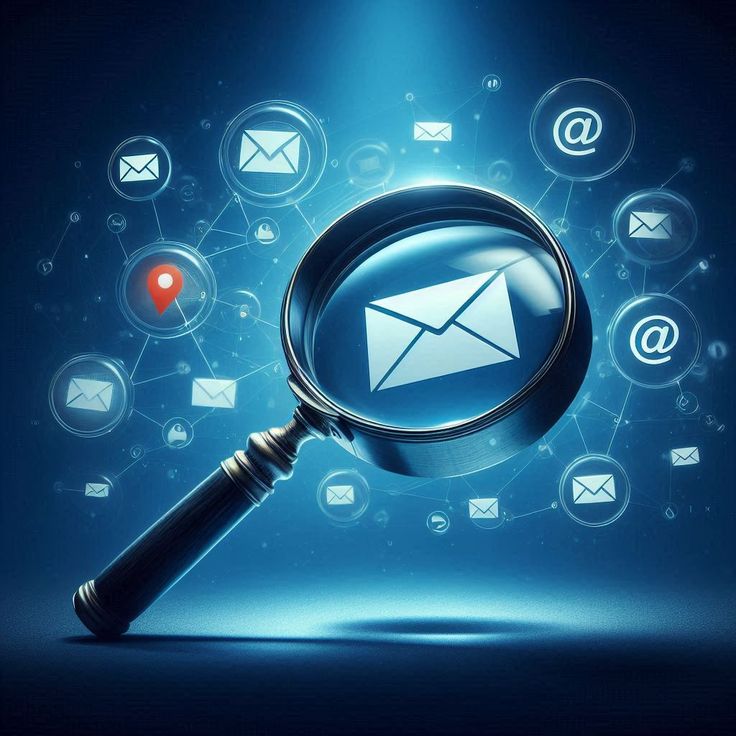
Digital Marketing vs. Traditional Marketing
To put it simply, traditional marketing uses offline methods like TV ads, newspapers, radio, or flyers. Digital marketing uses online channels.
- Traditional marketing is often one-way communication—you broadcast, people listen.
- Digital marketing is two-way—you can interact, reply, and build relationships.
- Traditional methods can be expensive and hard to measure, while digital marketing is affordable and highly trackable.
That doesn’t mean traditional marketing is dead—it just means digital gives you more flexibility and reach, especially for smaller businesses.
Who Can Benefit from Digital Marketing?
The beauty of digital marketing is that it works for almost everyone.
- Startups can build awareness without breaking the bank.
- Small businesses can compete with bigger brands by targeting niche audiences.
- E-commerce stores can drive sales through SEO, ads, and email.
- Service providers like doctors, lawyers, or consultants can attract clients in their area with local SEO.
- Creators and influencers can grow their personal brands through content and social media.
No matter your industry, digital marketing gives you tools to find and connect with the right people.
Getting Started with Digital Marketing
If you’re new, it’s easy to feel overwhelmed. But here’s a simple way to begin:
- Define Your Goals – Do you want more traffic? Leads? Sales? Brand awareness?
- Know Your Audience – Understand who they are, what they like, and where they spend time online.
- Pick the Right Channels – You don’t have to be everywhere. Focus on where your audience is active.
- Create Consistent Content – Whether it’s blogs, posts, or videos, consistency is key.
- Track and Improve – Use analytics to see what’s working, then double down on it.
Remember, digital marketing is not about overnight success. It’s about building relationships and growing steadily over time.
A Quick Example
Let’s say you run a bakery in Delhi. Instead of relying only on walk-ins, you decide to try digital marketing. You optimize your website so it shows up when people search “best bakery near me” (SEO). You post behind-the-scenes videos of cake-making on Instagram (social media). You run a small Facebook ad promoting your new chocolate cake (PPC). You collect customer emails and send weekly recipes and offers (email marketing).
In just a few months, more people know about your bakery, your sales grow, and you start building a loyal online community—all thanks to digital marketing.
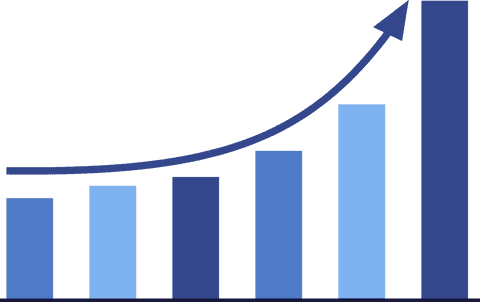
Final Thoughts
Digital marketing is not just about technology; it’s about people. It’s about understanding your audience, creating meaningful content, and building trust over time. Whether you’re a beginner testing the waters or a business ready to scale, digital marketing opens doors that traditional methods can’t.
At digitaljayant, we believe digital marketing should feel simple, human, and effective. With the right strategy, it can transform how you connect with your customers and grow your business in today’s digital-first world.
Frequently Asked Questions (FAQs)
1. Is digital marketing expensive?
Not necessarily. Digital marketing can be tailored to any budget. You can start small with content, SEO, or social media, and scale up with paid ads when you’re ready. Compared to traditional methods, it often delivers better results for less money.
2. How long does it take to see results?
It depends on the channels you use. Paid ads can bring instant traffic and leads, while SEO and content marketing may take a few months to show results. The key is consistency and patience.
3. Do small businesses really need digital marketing?
Absolutely. Digital marketing levels the playing field. Even small businesses can reach large audiences, compete with bigger brands, and build loyal communities without needing massive budgets.
4. Which digital marketing channel is best for beginners?
Start with one or two channels where your audience spends most of their time. For example, a local service provider might focus on Google search and local SEO, while a fashion brand might start with Instagram.
5. Can I do digital marketing myself or do I need experts?
You can definitely start on your own—posting on social media, writing blogs, or running small ads. But as your business grows, working with experts like digitaljayant can save you time, bring more strategy, and generate stronger results.
This blog is a contribution to Digital Jayant’s Knowledge Hub on Digital Marketing.
